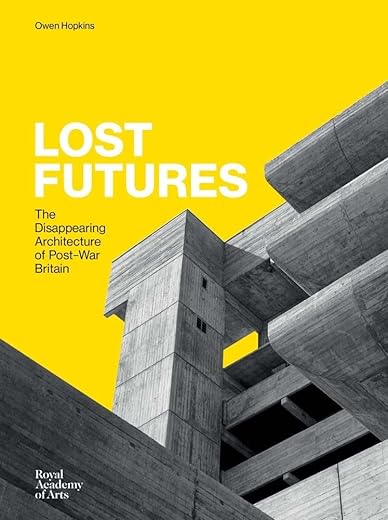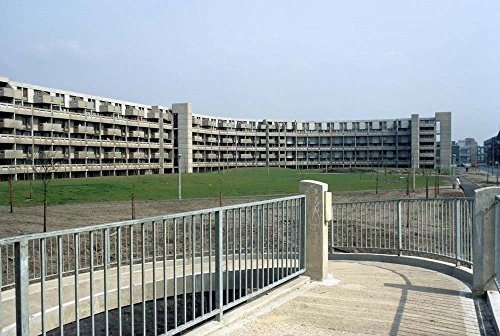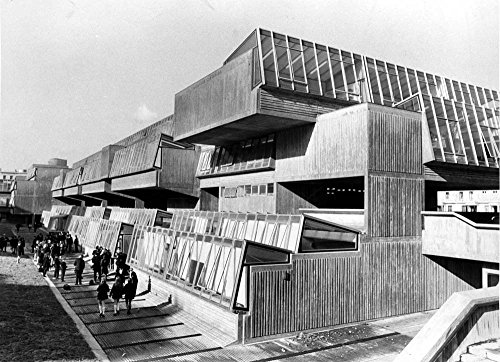Lost Futures: The Disappearing Architecture of Post-War Britain
£12.35£14.95 (-17%)
- Examines a wide variety of British building types dating from 1945 to 1979, with exquisite photographs of them as they were originally conceived
- Includes the works of an important array of architects, including Richard Seifert, Alison and Peter Smithson, and Erno Goldfinger
- Published to complement the display Futures Found at the Royal Academy in February 2017
Lost Futures looks in detail at the wide range of buildings constructed in Britain between 1945 and 1979. Although their bold architectural aspirations reflected the forward-looking social ethos of the postwar era, many have since been either demolished or altered beyond recognition.
Photographs taken at the time of their completion are accompanied by expertly researched captions that examine the buildings’ design, creation, the ideals they embodied and the reasons for their eventual destruction. Lost Futures covers many building types, from housing to factories, commercial spaces and power stations, and presents the work of both iconic and lesser-known architects. The author charts the complex reasons that led to the loss of these projects’ ambitious futures, and assesses whether some might one day be recaptured.
Read more
Additional information
| Publisher | Royal Academy of Arts, Reprinting February 2023 edition (10 Feb. 2023) |
|---|---|
| Language | English |
| Hardcover | 128 pages |
| ISBN-10 | 1910350621 |
| ISBN-13 | 978-1910350621 |
| Dimensions | 17.27 x 1.78 x 23.11 cm |













by David Russell
The resurgence of interest in this particular period of British architecture has been served very well by this book, not only as an important historical record but many of the buildings that have been chosen illustrate that the architects of this period, fulfilled their client’s needs with considerable imagination, especially when considering the very limited range of materials that were available to them in post WW2 Britain. It would have been nice had at least one plan of a typical level had been included but I accept that as most of the buildings no longer exist, this would probably have been impossible.
by Amazon Customer
I bought this book on a whim, and had no idea what a fascinating gem it would prove to be. It is well-written, and falls neatly into two parts: an introduction to brutalism, and the motivations behind it, followed by a series of individual buildings/housing estates that receive a page or so of analysis, accompanied by a photograph taken at around the time they were built. There is a beautiful clarity to the writing, and the reader is left to reach their own conclusions about brutalism as an architectural movement. I found myself having a sympathy for brutalism that I would never have imagined possible, although I still think that it mostly failed to provide the kind of environment people want to live and/or work in, with occasional exceptions, such as the Birmingham Central Library, that was clearly much loved by local people. I heartily recommend this book.
by Mugshot
Anyone interested in our built environment really should try and read this book. Concise, factual and with copious photo’s of the buildings in their prime, it made me rethink my views on this subject. Perhaps the pendulum swung too far against modern architecture, you decide.
by Mdm Lee
Ideas of the 1950s-1970s that influenced the former British Colonies
by GAYLE UDOKAH
This book was delivered on time it has great illustrations and lots of interesting information on brutalism great value for money
by Mr Curtis
Great book well worth a read
by James Briggs
Lots of info about the change in British architecture and underlying political agendas. Beautiful archive photographs of buildings I hadn’t even seen before. Great price I’d say!
by Diggerfan
An excellent survey of modern buildings that have been demolished, some before their time, and some that are better gone.
Excellent contemporary professional photographs of each building taken shortly after they were built, and interesting textual detail and facts to accompany them.